Have you ever walked past a house that just caught your eye? For me, it was during my weekend strolls in the neighborhood when I stumbled upon a beautiful home with stunning decorative breeze blocks. These uniquely designed blocks not only enhanced the aesthetics of the garden wall but also provided a functional element to the property. In this article, I will take you through everything you need to know about decorative breeze blocks, from their design impact to installation tips, and even maintenance. Whether you’re considering using them in your garden or home, this guide will help you make an informed decision.
What are Decorative Breeze Blocks?
Decorative breeze blocks, also known as architectural blocks or screen blocks, are hollow concrete blocks that are often designed with unique patterns and textures. They have gained popularity in modern architecture due to their versatility and the visual appeal they bring to various structures.
A Brief History of Breeze Blocks
Breeze blocks originated in the mid-20th century, particularly in the United States, as a practical solution for creating ventilation without compromising on security. Over time, they evolved into decorative elements that enhance the aesthetic values of homes and commercial buildings alike.
Common Uses of Decorative Breeze Blocks
- Garden walls and fences
- Privacy screens
- Architectural facades
- Outdoor fire pits
- Interior partition walls
Benefits of Using Decorative Breeze Blocks
There are numerous reasons why homeowners and architects are increasingly turning to decorative breeze blocks in their designs. Here are some of the main advantages:

1. Aesthetically Pleasing
With a variety of patterns and textures available, decorative breeze blocks offer a unique aesthetic that can transform the look of any space. They can serve as a beautiful focal point or seamlessly blend into the overall design.
2. Ventilation and Natural Light
The hollow nature of breeze blocks allows for airflow and the passage of light, making them ideal for outdoor areas that require some degree of privacy without completely blocking out the sun or air.
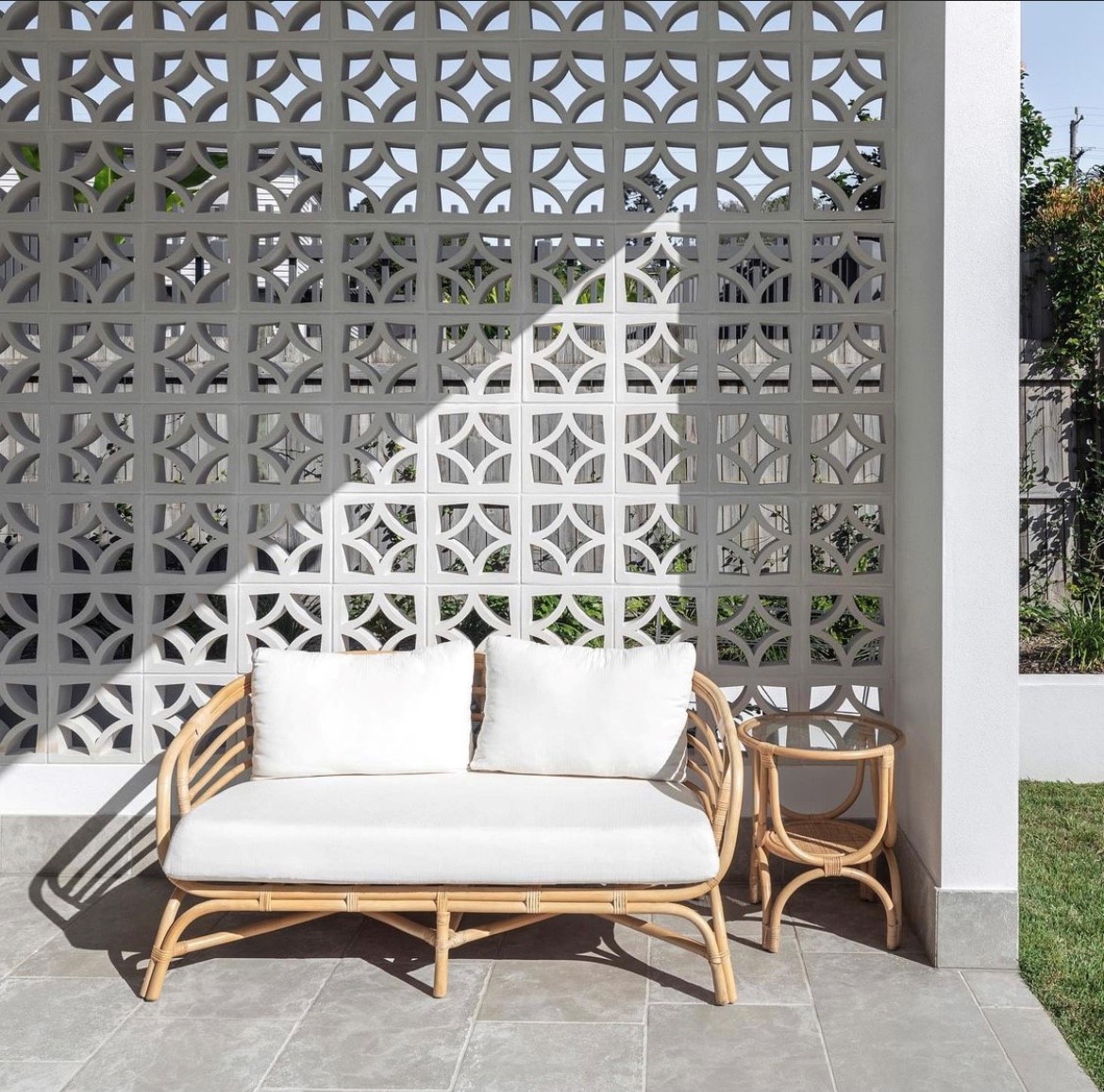
3. Durability and Low Maintenance
Made of concrete, breeze blocks are incredibly durable and can withstand harsh weather conditions. They require minimal maintenance, making them a practical choice for homeowners.
4. Environmentally Friendly
Many decorative breeze blocks are made from recycled materials and have a lower environmental impact compared to traditional building materials.
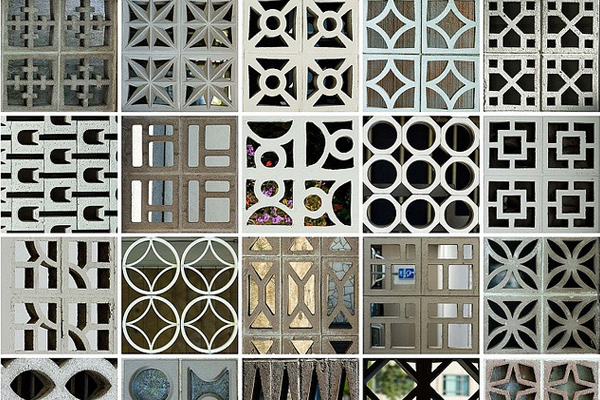
5. Versatility
They can be used in various applications, from outdoor landscaping to indoor design. Their ability to adapt to different styles—be it minimalist, modern, or tropical—makes them a great choice for any project.
Types of Decorative Breeze Blocks
When it comes to selecting decorative breeze blocks, the options can be overwhelming. Here’s a breakdown of some popular types:
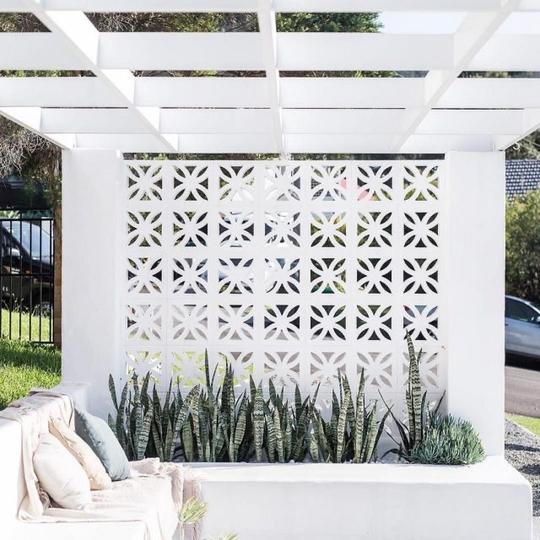
1. Geometric Patterns
Blocks featuring sharp angles and symmetrical designs can create a modern and clean look.
2. Organic Shapes
Organic-shaped blocks, with flowing lines and curves, add a softer, more natural aesthetic.
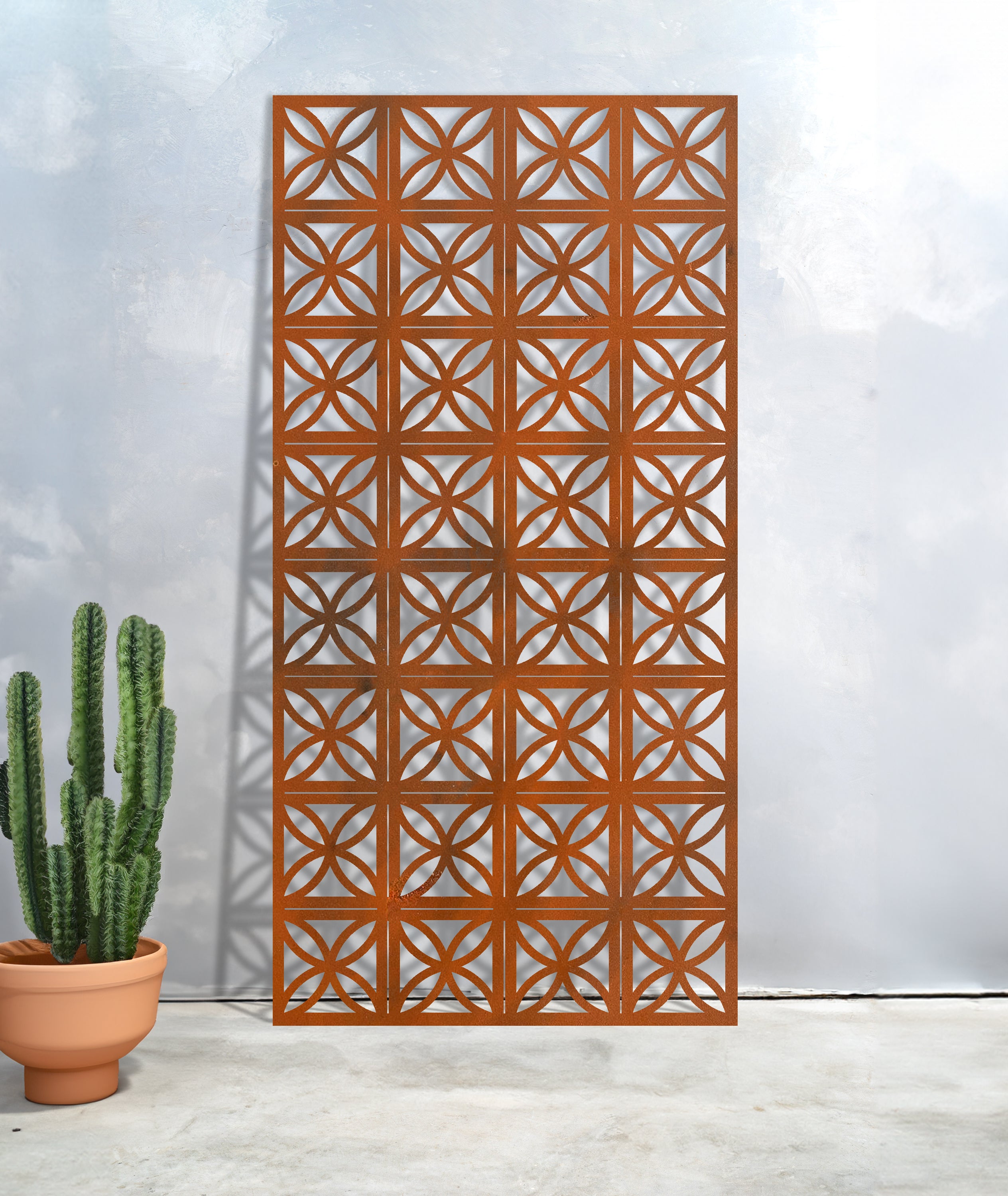
3. Vintage Blocks
These blocks often feature retro patterns, offering a nostalgic feel and charm to outdoor and indoor spaces.
4. Custom Designs
For those looking for something truly unique, many manufacturers offer custom options where you can design your own pattern.
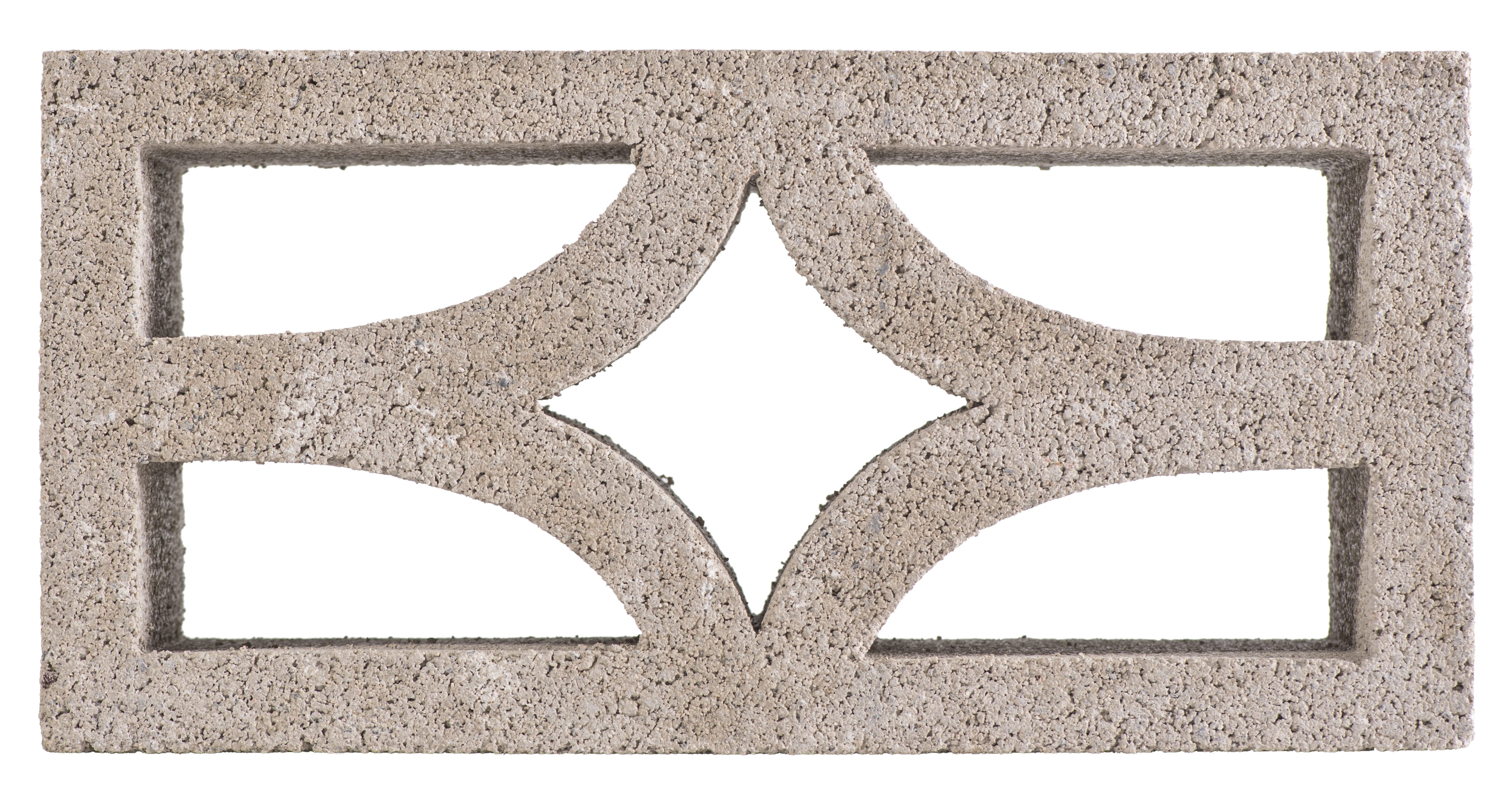
Installation of Decorative Breeze Blocks
Installing decorative breeze blocks can be a DIY project or a job for professionals, depending on the scale and complexity. Here’s a step-by-step guide to help you get started:
Materials Needed
- Decorative breeze blocks
- Cement mix
- Water
- Trowel
- Level
- Safety goggles and gloves
Step-by-Step Installation Guide
1. Planning and Design
Before starting, plan your layout. Measure the area where you will install the blocks and create a rough sketch of your design.
2. Prepare the Foundation
Ensure the ground is level. You may need to lay a solid foundation using gravel or concrete, especially for taller structures.
3. Mix the Cement
Follow the instructions on the packet to mix your cement properly. Aim for a consistency that can hold shape without being too runny.
4. Lay the First Row of Blocks
Using your trowel, spread cement on the foundation and carefully place the first row of blocks. Check for level as you go.
5. Continue Layering
Add more layers, applying cement to each block before stacking the next. Make sure to stagger the joints for added stability.
6. Finishing Touches
Once the blocks are in place, allow the cement to cure as per manufacturer recommendations. You can paint or stain the blocks if desired.
Maintenance Tips for Decorative Breeze Blocks
One of the best things about breeze blocks is their low maintenance; however, some care is still needed:
1. Regular Cleaning
Periodically wash the blocks with a mixture of water and mild detergent to remove dirt and debris.
2. Checking for Cracks
Inspect the blocks regularly for any cracks or signs of wear, especially after severe weather.
3. Sealing (Optional)
Consider applying a sealant to protect against moisture and stains, especially for blocks used outdoors.
Cost Considerations
The cost of decorative breeze blocks can vary widely depending on factors such as material type, design complexity, and installation costs. Here’s a rough breakdown:
| Item | Estimated Cost (per square foot) |
|---|---|
| Standard Breeze Blocks | $2 – $5 |
| Decorative Patterns | $5 – $10 |
| Custom Designs | $10+ |
| Installation Costs | $50 – $100 (per hour) |
Pros and Cons of Decorative Breeze Blocks
As with any design element, decorative breeze blocks come with their own set of advantages and disadvantages:
Pros
- Enhances aesthetic appeal
- Allows airflow and light
- Durable and low maintenance
- Environmentally friendly options available
- Versatile for various applications
Cons
- Can be more expensive than standard blocks
- Installation may require professional assistance
- Potential for cracks if not properly installed
Creative Ideas for Using Decorative Breeze Blocks
Beyond simple walls and fences, there are countless creative ways to incorporate decorative breeze blocks into your design:
1. Outdoor Fire Pits
Design a stylish fire pit using breeze blocks to create a cozy outdoor gathering spot.
2. Privacy Screens
Utilize breeze blocks as a privacy screen on your patio, allowing light and air while blocking unwanted views.
3. Garden Accents
Create unique garden features like planters or trellises with decorative blocks.
4. Interior Walls
Use breeze blocks in interior spaces to add character to your home while providing room separation.
FAQs About Decorative Breeze Blocks
What materials are decorative breeze blocks made from?
Decorative breeze blocks are primarily made from concrete but may also incorporate recycled materials, making them an eco-friendly choice.
Are decorative breeze blocks suitable for indoor use?
Yes! They can be used as interior partitions or decorative features, adding texture and style to your space.
How do I clean my decorative breeze blocks?
Use a solution of mild detergent and water to scrub the blocks, followed by rinsing with clean water.
Can I paint decorative breeze blocks?
Yes, decorative breeze blocks can be painted but it’s advisable to use a sealant first for better adhesion and durability.
Conclusion
Decorative breeze blocks truly offer a blend of functionality and artistry that can elevate any space. Whether you’re looking to improve your home’s curb appeal, create a functional outdoor area, or simply want to experiment with design, these blocks provide endless possibilities. My personal experiences with decorative breeze blocks have greatly influenced the way I approach outdoor and architectural design, allowing me to express creativity while ensuring practical benefits. So, if you’re considering a change, why not explore the unique charm and style that decorative breeze blocks can bring to your next project?